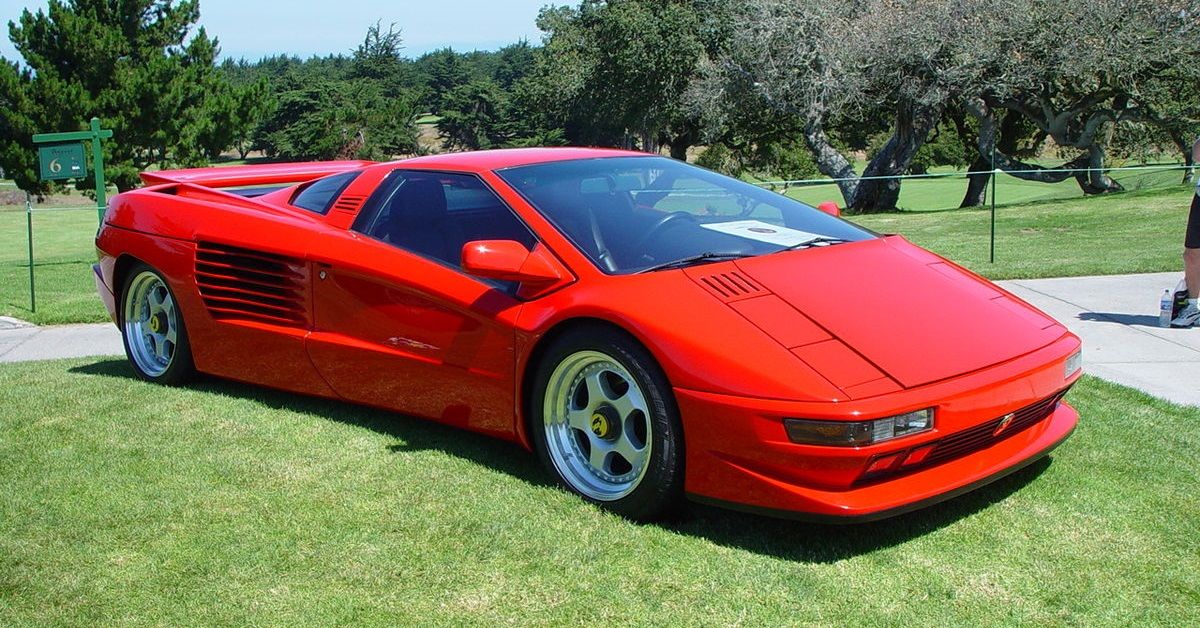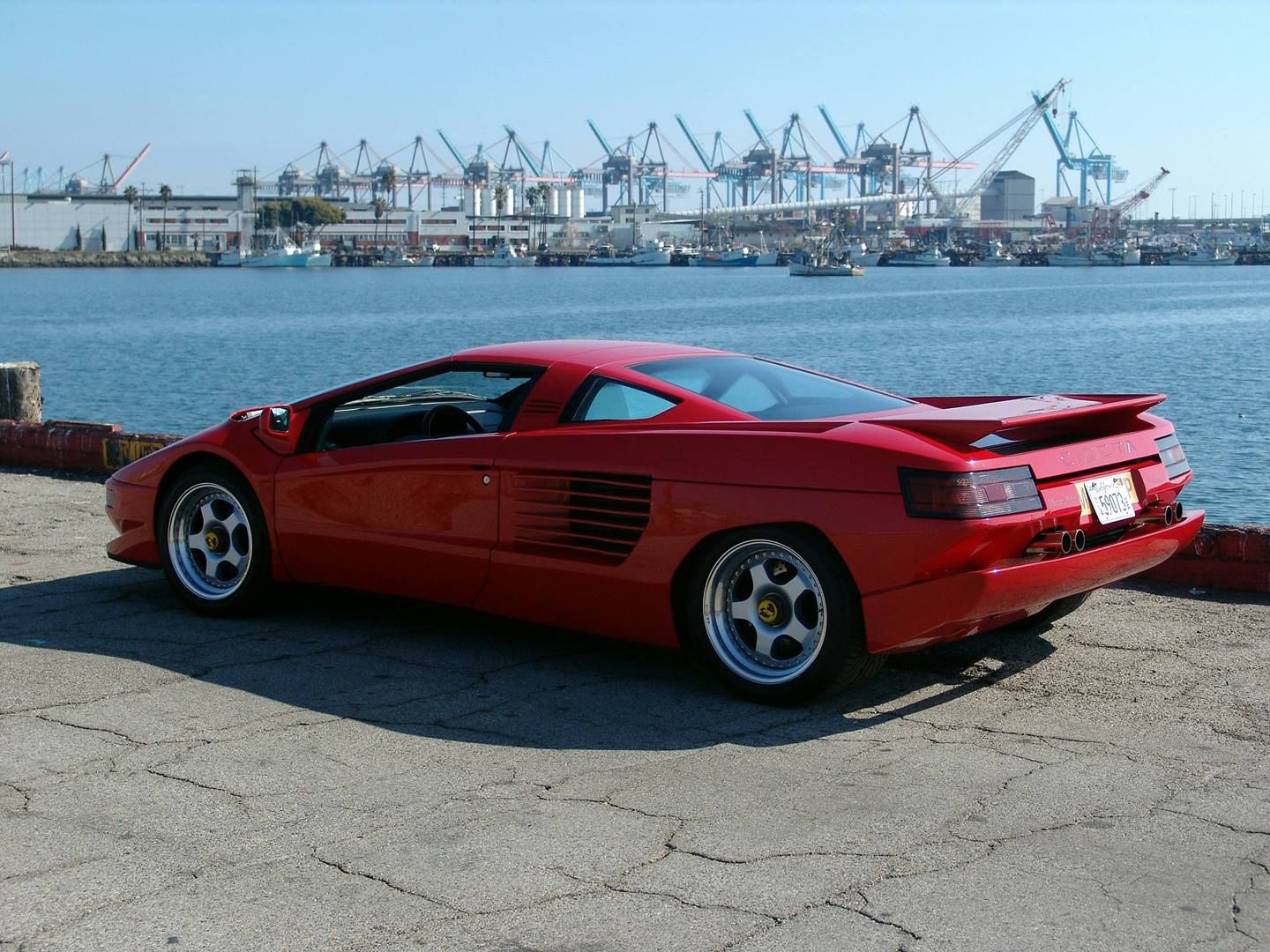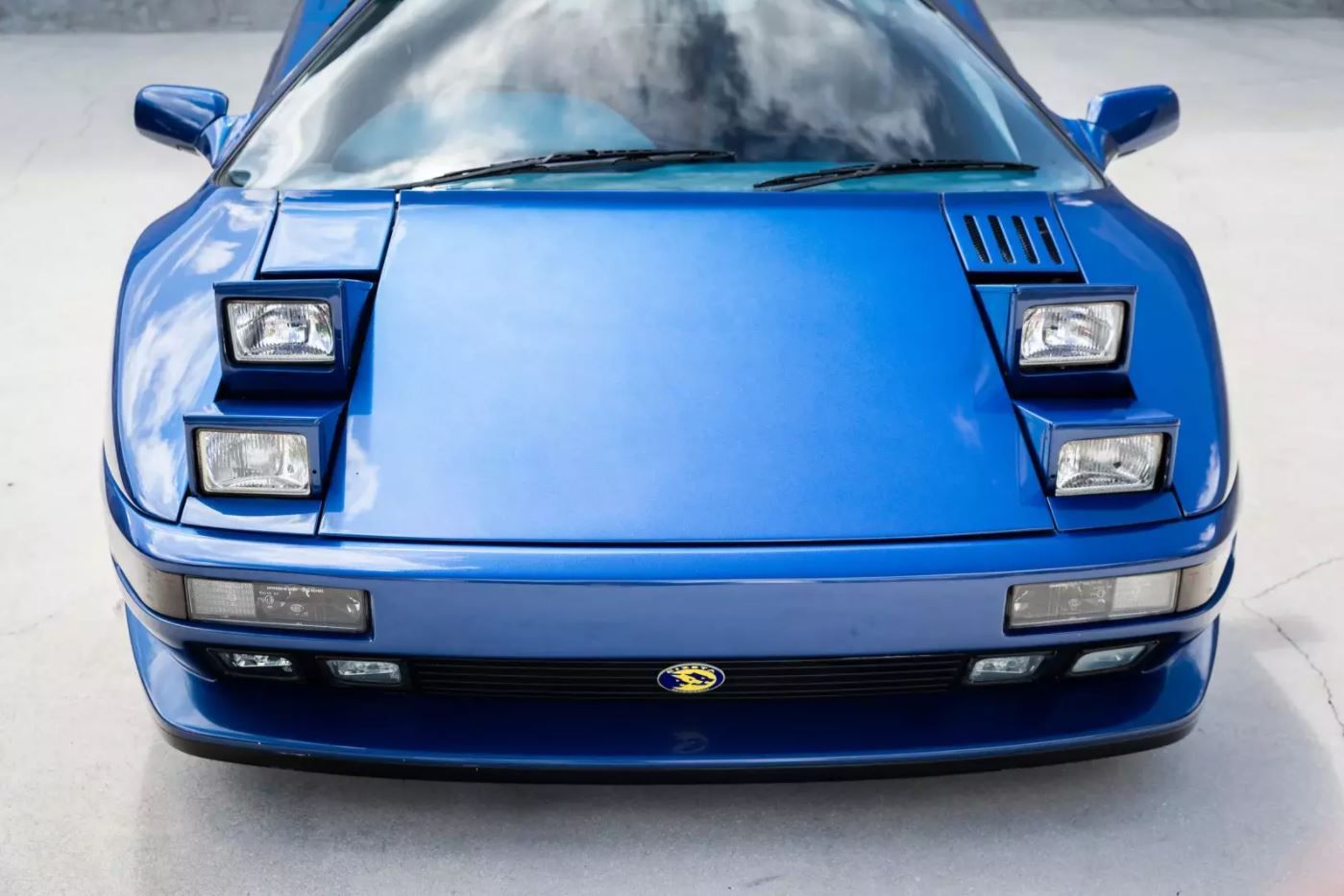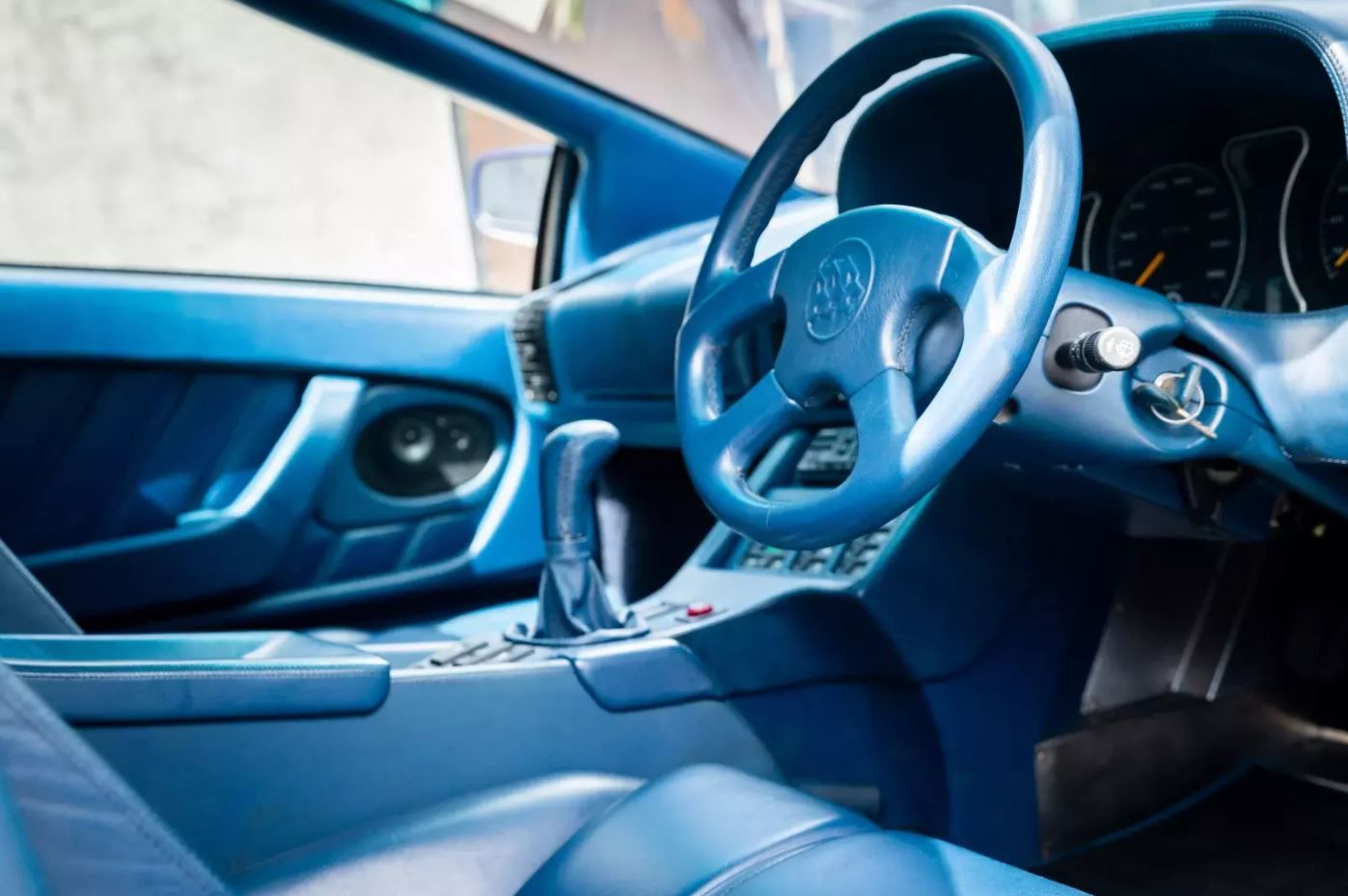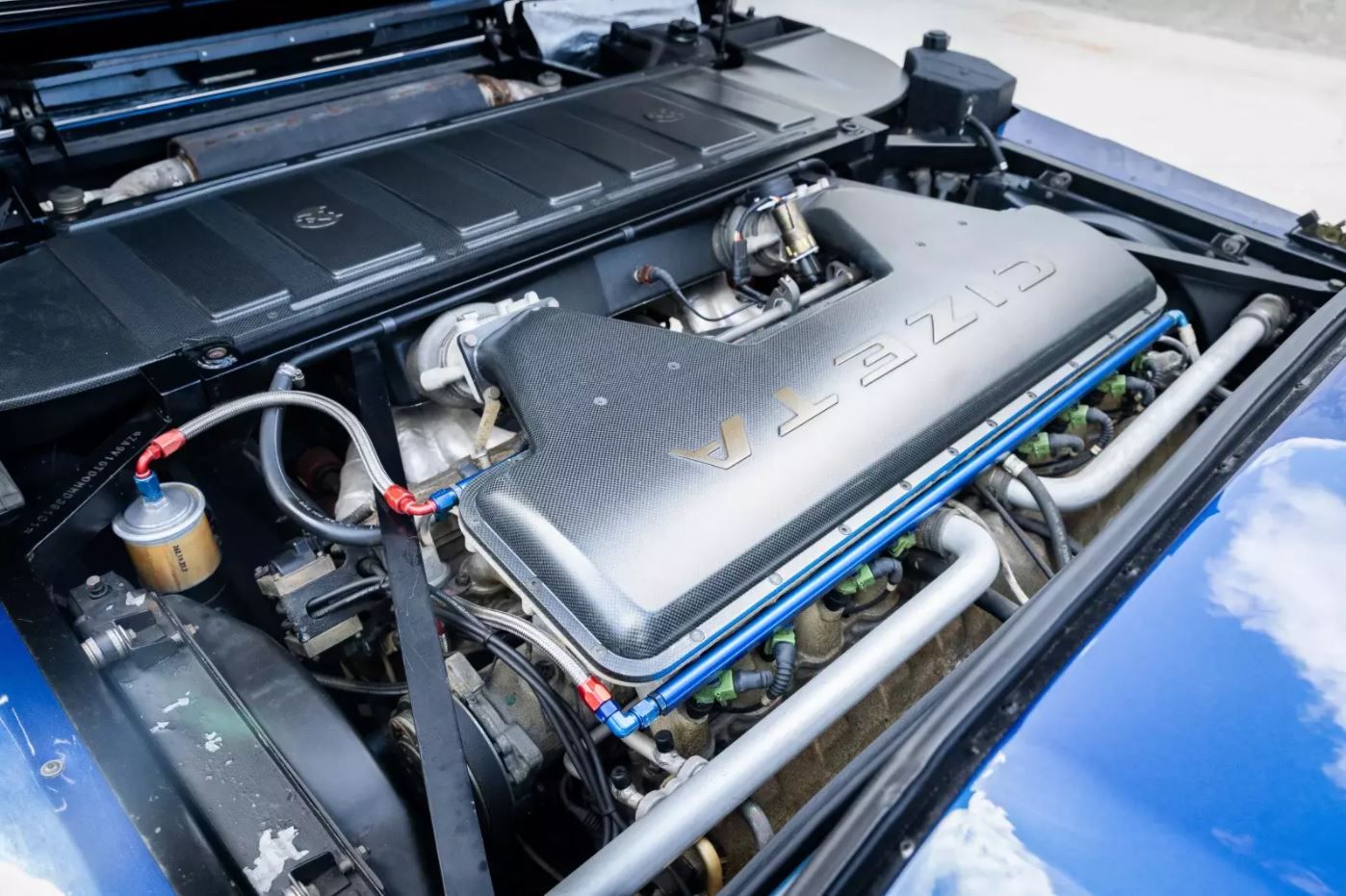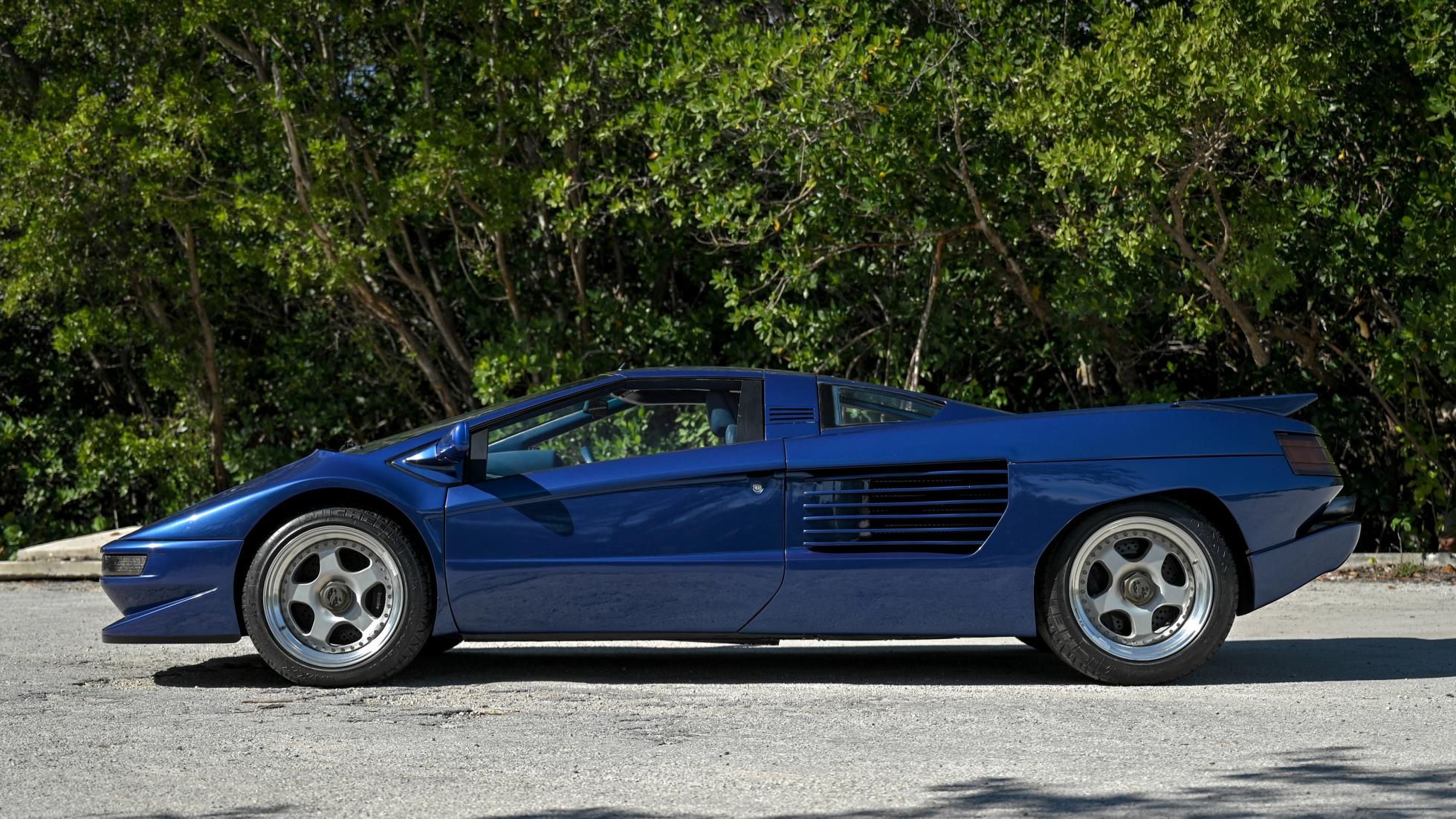Supercars are symbols of dreams. We dream of owning one, driving one, and even the idea of getting in one of these screaming speed machines is exciting enough. Some rare, talented souls may dream of designing one, or if they get really ambitious, building one from scratch, materializing their own engineering philosophies, and proudly christening their creation with their own badge.
History is made by dream chasers. The history of supercars though, is mostly compiled by those who failed. Let's face it, we're talking about a billionaire's multi-hundred-horsepower gas-burning toy, not an average garage-based project.
From time to time, there is news of an unknown small-volume manufacturer launching a supercar of some sort, which are mostly forgotten in a rather short time. However, if you were an ex-Lamborghini engineer, teamed up with an Italian design legend, and funded by a king of disco music, you might have a slightly different fate.
Let's take a closer look at the 1989 Cizeta V16T.
Sounds Like Some Complicated History...
Like many supercar stories or equally dramatic Hollywood crime movies, it started with an ambitious Italian guy leaving his home country and starting an importing business in the States. Claudio Zampolli, a former Lamborghini test and development engineer, moved to Los Angeles after leaving his role in Sant' Agata Bolognese. He was thriving with his business of importing performance exotics, but his dream of creating his own supercar didn't fade away.
With plenty of cash flowing in from his Maserati dealership, Zampolli took the gamble and formed the Cizeta Moroder Motors. 'Cizeta' is the Italian pronunciation of Zampolli's proud initial, C.Z. (unfortunately pronounced as 'cheese-eater in English). The 'Moroder' part came from 4-time Grammy Awards winner Giorgio Moroder.
As the dramatic saga went on, Zampolli had recruited the famed composer behind I Feel Love as a financial backer of the supercar project. A rather unusual source of funding, but Moroder was happy to invest, to the point he owned 50% of the company's shares. A nice piece of storytelling for attracting potential buyers.
With the cash ready, Zampolli assembled an all-ex-Lamborghini team of veteran engineers to develop and build their supercar, the V16T. They even had their production facilities set up in Modena, the Italian town where Ferrari was founded. As Zampolli once said, "You can't build a Rolls Royce in Japan," which made Modena an inevitable choice.
Next up Zampolli would have to deal with the exterior design, and what he brought in was probably one of the most exciting shapes penned by a legend at the top of his game.
A Very Lamborghini-ish Design
The V16T being a brainchild of a team of ex-Lamborghini engineers, was mated to a very Lambo-ish bodywork, or let's say, a Gandini-ish bodywork. This was as the V16T's appearance was crafted by Marcello Gandini, the genius who penned the Lamborghini Miura, Countach, Alfa Romeo Montreal, Lancia Stratos, and many other timeless crazy designs.
Back then, Lamborghini was purchased by Chrysler. The new owner of the Italian marque continued to commission Gandini to design its next V12 mid-engined flagship, the Diablo. However, the original design was rejected by Chrysler. The American owners believed it was 'too aggressive'.
Worth wondering why 'being too aggressive' was ever a concern for Lamborghini. Anyway, the rest was history. The sketches by Gandini that was supposed to be the Diablo went to Cizeta, showing the world how an Italian speed machine would look without all the corporate limitations.
Like many of Gandini's creations, the Cizeta V16T was a mean-looking wedge. The cabin sat so forward like a prototype racer. The roofline continued smoothly after the roof, and it was linked to the rear spoiler through a huge glass canopy, unlike the straight, sharp-cut rear window normally fitted to mid-engined sports cars of the era.
The side profile is best represented by the very '80-ish scoops, as well as Gandini's signature slanting rear wheel arch. Pop-up headlights are cool. Therefore the Cizeta offered 4 of them, put together in an outrageous stacking arrangement. That is some sub-zero coolness no one has ever imagined. Inside, the Cizeta offered nothing but '80s vibe. The colored leather upholstery, padded seats, and flashy buttons would all look good in a Miami Vice scene.
Wild Performance
Few people would suggest a V12 is not big enough. But Zampolli insisted anything bearing his name should pack a powerplant the size of a cow. This gave birth to a gargantuan monster, a 6.0-liter V16 engine, good for 540bhp at 8000rpm and 400 lb-ft of torque at 6000rpm. Enough to push the 1.7-tonne, 4.5-meter-long, and 2-meter-wide beast to 204mph. 0-60mph could be done in 4 seconds.
The huge, high-revving V16 engine could probably generate its own force field. To facilitate better handling, engineers prefer to keep the center of gravity at the center of the car. For this reason, the ex-Lambo veterans kept the Miura and Countach's tradition of fitting the engine transversely. As a result, you may say the Cizeta is a spiritual successor to the V12 Lamborghinis.
An Ill-fated Dream
Released in 1989, the Cizeta eventually started production in 1991, priced at an eye-watering $400,000 (in 1991's money). Over that 2 years, there were only 7 orders, but investment in the project has surpassed $2 million.
Moroder, therefore, withdrew from the business, further damaging the brand's reputation, which at the first place was built partly from the composer's fame. There was more bad news as the V16T failed to reach USA emission and safety regulations. With its major market gone, the Cizeta dream also quietly came to an end.
It is believed that a total of 9 cars were produced. The Sultan of Brunei had three because he wanted to. Curiously, one of his three cars was left in a Singaporean dealer, untouched since it was delivered fresh from Modena in 1993. It was restored and sold for $665,000 in RM Sotheby's Arizona auction earlier this year.

